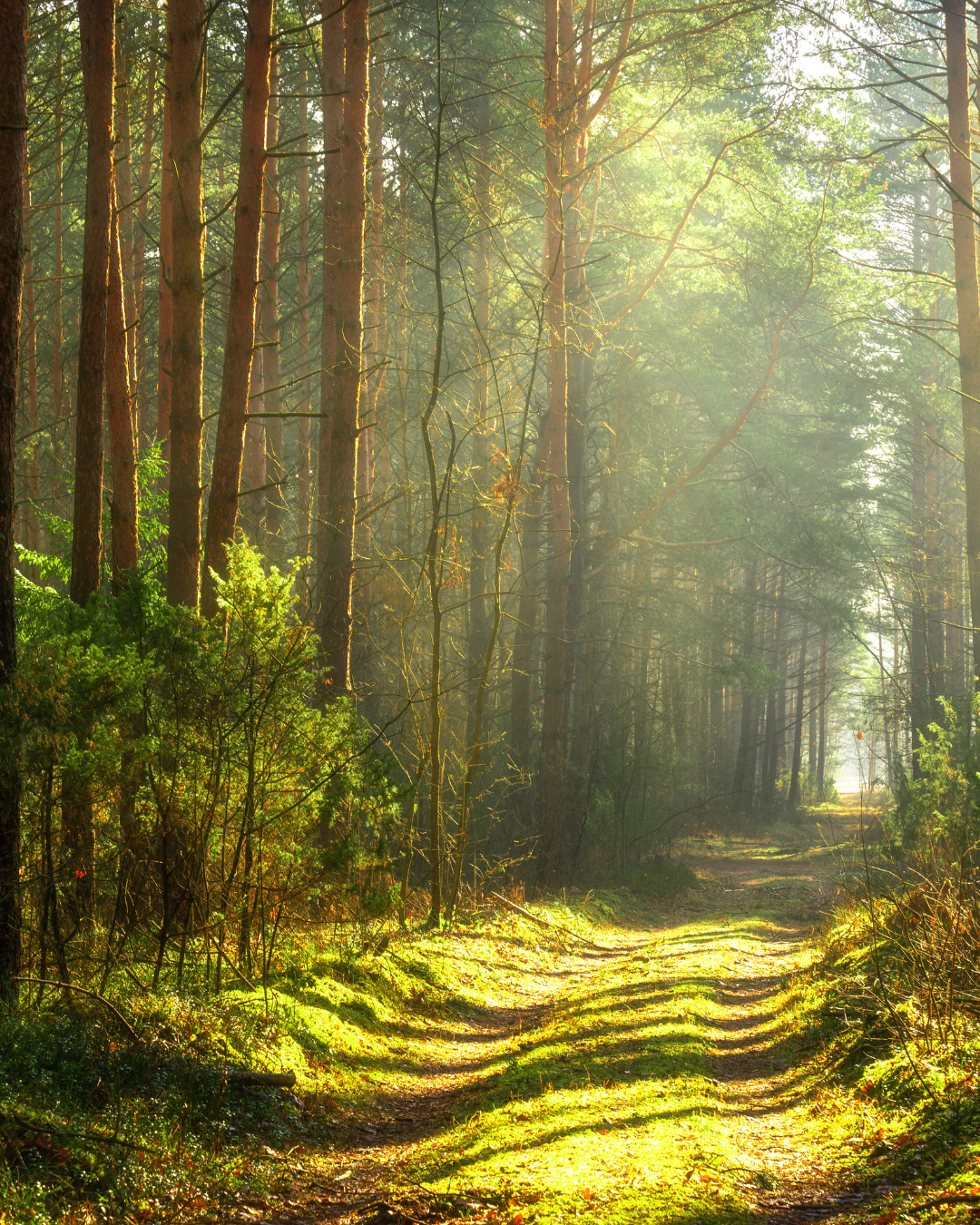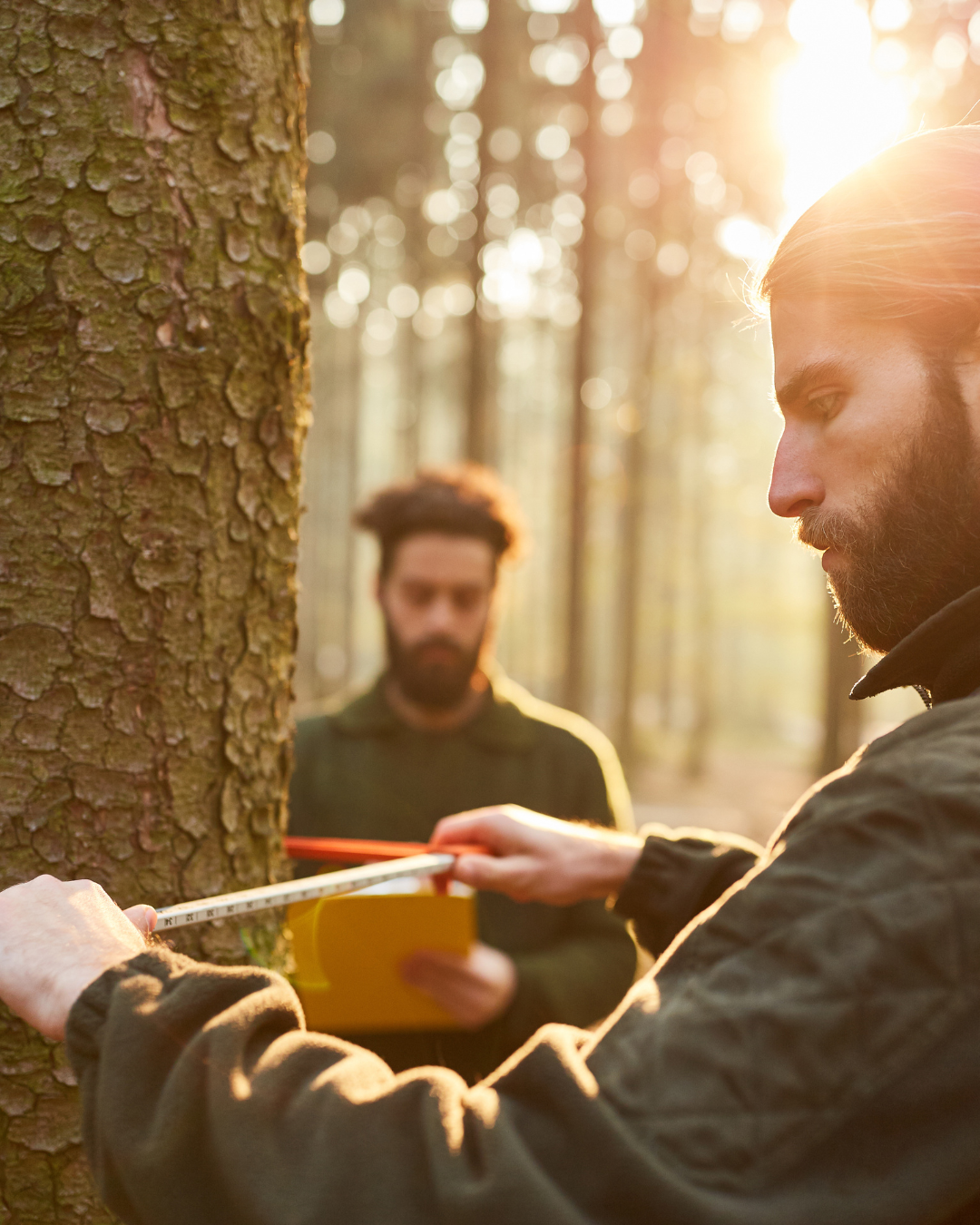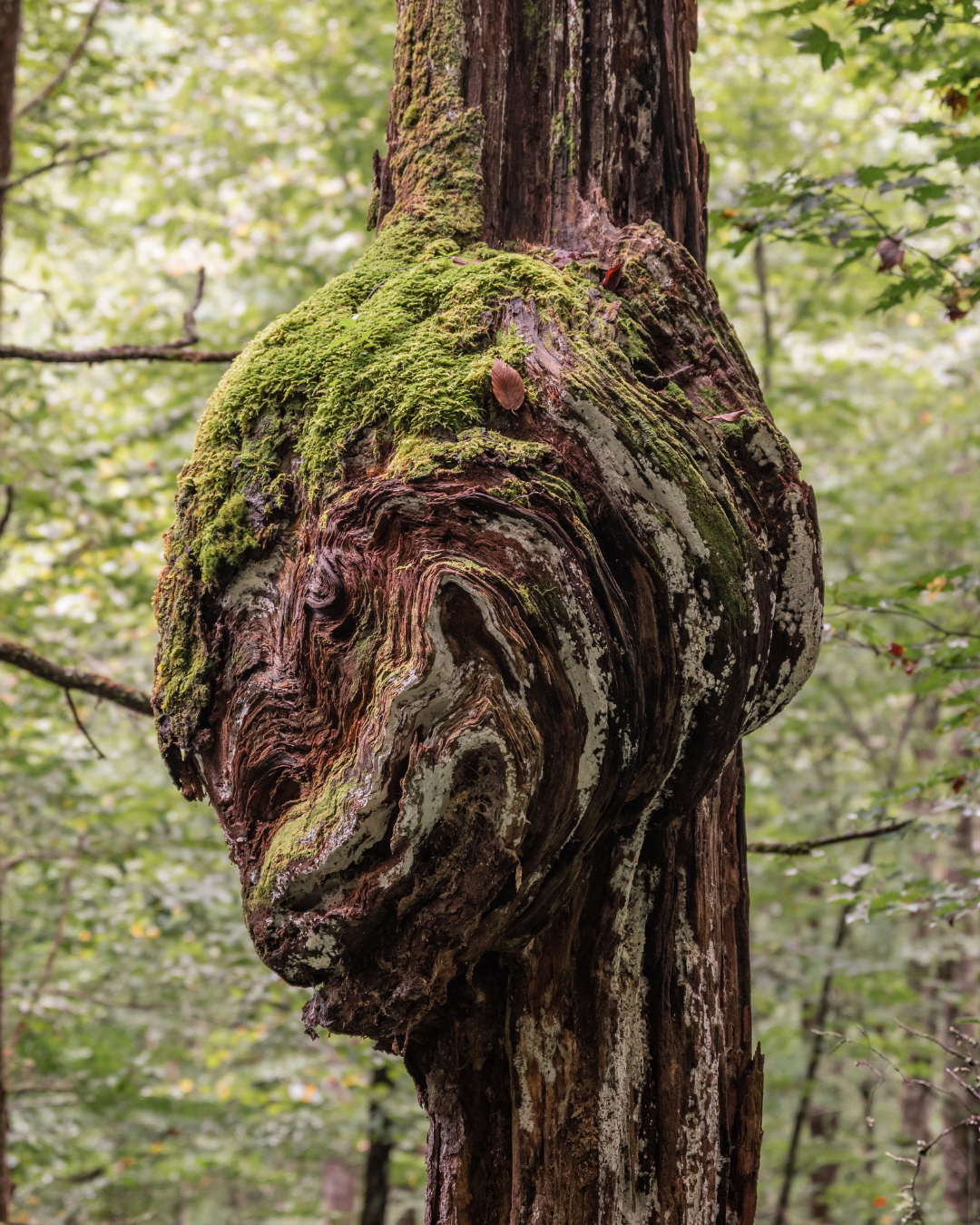- tag
Warum Holz
- date
27 Oktober 2022

The forest is where it all begins for Decospan. Trees are the origins of our wood veneer, wonderfully unique and to be treated with utmost respect.
Take a walk with us through this diverse habitat: on this journey, you’ll discover how a tree evolves from a sapling to a fully mature tree, how to select the right tree for wood veneer, and how to respect the beautiful environment these magnificent specimens belong to.
Our story starts with a little seed – many little seeds.
Did you know that it can take more than 4000 seedlings planted per acre to yield around 50 fully mature trees? That’s only a little more than 1% of the planted trees. The tree trunk usually provides the wood for veneer. The crown is mainly used for the fibreboard, paper, or pellet industries, and smaller branches for biofuel.
Before a tree is even taken into consideration, it needs to grow over several decades from seedling to sapling, to a fully-grown, mature tree. Throughout those years, a lot can influence the growth of a young, vulnerable tree. It only takes one bad season to affect an entire forest and many elements, such as forest fires, sickness, drought, a plague of insects, etc. can create a bad season.
Those examples aren’t the only adversaries a tree has to contend with: many rivals happen to be other trees. Each tree competes with another, trying to gain as much space in the sun as possible. If too many trees grow together in one cluster, some will be naturally eliminated due to insufficient sunlight.

One way to mitigate these risks is through responsible forest management. A team of experts closely monitors the forest and its biodiversity, tracking the health of the environment and making methodical adjustments to allow the forest to flourish.
For example, it might be lucrative to fell some trees to allow others to grow. However, harvesting trees is but one of the many purposes of a forest. It’s an entire ecosystem, with many organisms dependent on one another. Older trees or sick trees still serve their own purpose, as they are mainly used as nesting places for birds.
Another practice is to monitor which trees are being harvested and where. After each harvest, new seeds are planted to replace the felled trees. Harvest areas are rotated, so that the forest is not too affected by the changes.
After all the efforts and risks, what’s left is a handful of mature trees. Even then, not all of those trees are suitable for veneer. The next time you find yourself in nature, take a moment to notice the trees around you. What are the things to look for?
Let us start with the trunk. The shape and diameter play a key role. In order to produce veneer, a trunk needs to grow straight and tall. One that is too thin would produce a very narrow sheet of veneer, creating a very repetitive pattern when jointed. For those who choose to declare their eternal love through trees, carving a heart, and carving it too deep so that it penetrates the sapwood, will also affect the veneer sheet. So keep that in mind when taking a romantic walk through the forest!
Moving on to the branches, the height of the branches and the number of branches are also relevant. If the branches start too low, there isn’t much trunk left to use as veneer. If there are too many, the number of knots can affect the quality of the veneer.
On the other hand, some unexpected elements can make your veneer more exclusive. For example, veneer that is developed from a burl (a benign growth similar to a tumour) tends to be some of the most expensive veneer available due to its unique pattern. Our Oak Burl or Red Elm Burl are good examples of the patterns you can find in burl veneer.

Finally, external factors also influence the tree choice. The climate and the tree's position in the forest are major ones. But there are more: bullets, iron wire, drought, floods, insects… these all influence the way a tree grows and looks – which is sometimes only visible upon harvesting.
The harvest itself is another factor to take into account. The way a tree is felled and how it falls: if it falls badly, it gets damaged and is no longer suitable. If it falls on other trees, this affects the growth of those trees and that general area of the forest.

Finding the right trees for wood veneer is not the easiest exercise, especially because they do not grow indefinitely. But knowing that wood is a precious commodity – and should be treated as such, along with the forests it grows in, is a step in the right direction.
When all the right elements line up, you’re able to pick out a great tree that’s ready to move on to the next step of its journey into becoming a sheet of veneer.
Our journey in the forest ends here, but if you are curious about what happens next, our experts are happy to tell you more!



